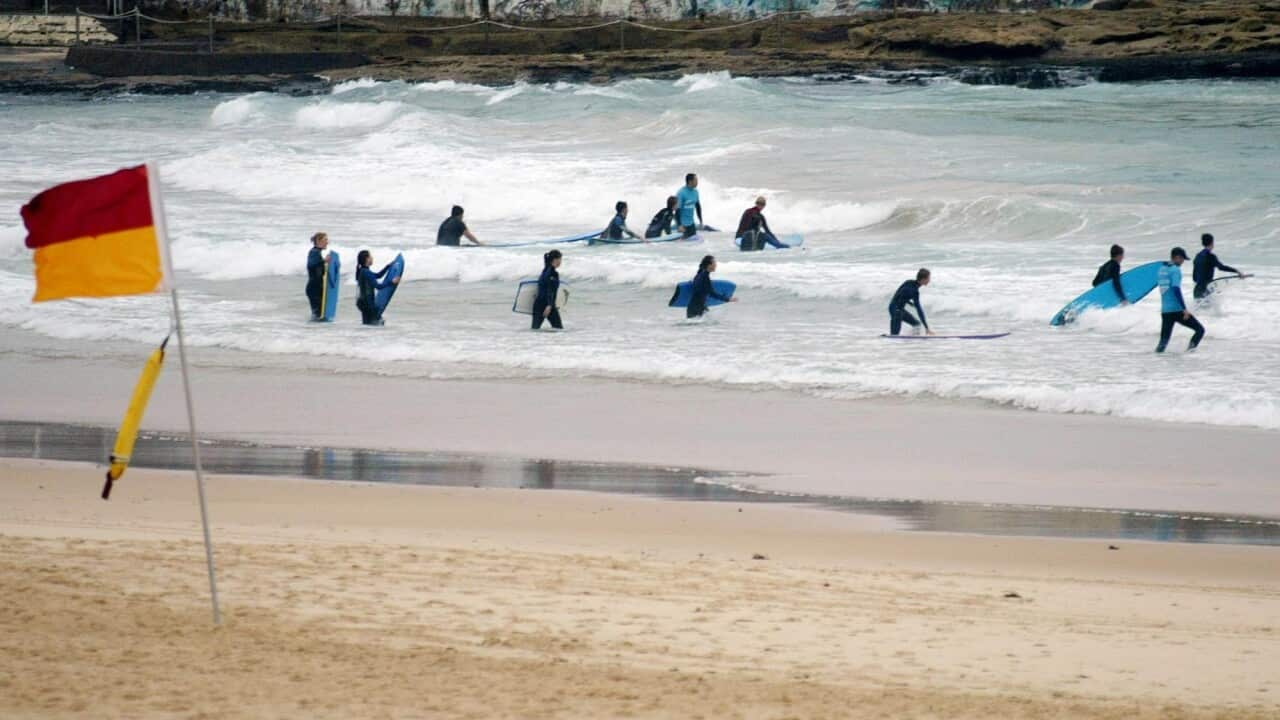TRANSCRIPT
The number of drowning deaths in Australia since December is already higher than the five-year average, with at least 66 incidents.
That is a 19 per cent increase from the previous year.
Those statistics include four deaths, involving Indian nationals at an unpatrolled beach off the coast of Phillip Island, southeast of Melbourne on Wednesday 24 January.
It's the state's worst beach tragedy since 2005.
Victoria Premier Jacinta Allan extended her deepest condolences to the families and loved ones affected, and said her thoughts were also with first responders and the Phillip Island Community.
She says the event is a tragic reminder of the importance of water safety.
“It's a terrible way to be reminded that water safety is something that we need to take very seriously, that measures like when you're on open beaches, swimming on patrolled areas, swimming between the flags is really important.”
The CEO of Surf Life Saving New South Wales, Steven Pearce, says there is concern that the message to stick to patrolled beaches - or "swim between the flags" - is not reaching all Australians.
“The safest location anywhere to come along on an Australian beach is a patrolled location, and that's anywhere where you see those red and yellow flags flying, and because there'll otherwise be volunteer lifesavers and professional lifeguards on duty. If you don't want to go to a busy Sydney suburban beach, or a beach that is really crowded, and you decide to go to unpatrolled locations, and that's beaches where there are no lifesavers and lifeguards, we want people to understand that that represents a real perilous danger.”
The diversity and inclusion coordinator at Life Saving Victoria, Blair Morton, says the advice to stay between the flags also applies on patrolled beaches.
“The lifesavers and lifeguards choose the safe part of the beach today, and that's where they place the red and yellow flags for today. Tomorrow that safe place may well have changed, and the lifeguards will check the water again, and they might put the flags in a different place.”
There is particular concern about water safety awareness among migrants who may have never learnt how to swim - or who lack the local knowledge of how to stay safe in and around the water.
According to Life Saving Victoria's 2022 Drowning Report, in the ten-year period up to 2021-22, people born overseas accounted for 42 per cent of drowning deaths nationwide, and were two-and-a-half times more likely to fatally drown compared to the general population.
That's why lifesaving organisations like Life Saving Victoria and Surf Life Saving N-S-W run educational programs for migrant communities in classrooms and community centres, as well as at the beach and in pools across Australia.
There are also language multilingual resources on their websites and apps.
The six water safety tips include:
Swimming between the flags.
Always swim with a friend.
Look out for signs around waterways, which always have different safety needs.
Check the weather of the location you are visiting, across the whole day.
Never drink alcohol or take drugs before going in the water.
And finally, learn how to spot rip currents and what to do if you get stuck in one.
Mr Morton says it is important not to panic or swim against a rip - which appears as a channel of deeper and darker water, often without breaking waves, running away from the shore.
“So, what a rip will do, is drag you from the shoreline right out behind the waves into very deep water. But that's all the rip will do - the rip will stop, and it will not drag you underwater, so if you do ever find yourself caught in a rip, the main thing you need to is conserve energy, by floating on your back, and raising one hand to get attention from either the lifeguard or from someone else who may able to help. If there's no-one that's able to help, then you can try to swim parallel to the beach, the same way as the sand, and try to swim towards the white wave, because if you swim sideways, you can escape the rip, and the white waves can push you towards the sand.”
The strongest advice remains to swim between the flags on a patrolled beach.
But Mr Pearce says there are if you do choose to visit an unpatrolled beach, even just to take a photo, a couple of things are of vital importance.
Check your phone connectivity and charge, so you are able to ring triple-zero as soon as possible, in the event of an emergency.
In the event that no lifesavers are present, those attempting to conduct a bystander rescue are advised to use a flotation device like a boogie-board or a pool tube. Rip conditions, however, can complicate the rescue situation.
Mr Pearce says having access to a lifeguard on a patrolled beach remains the best option.
“We'd really encourage anyone just to walk up to their local lifesaver or lifeguard, and ask them the question when they come down to the beach: 'Can you just explain to me, where are the rips, what do they look like, and how can I identify them, and what should I do to keep myself safe down the beach?”













